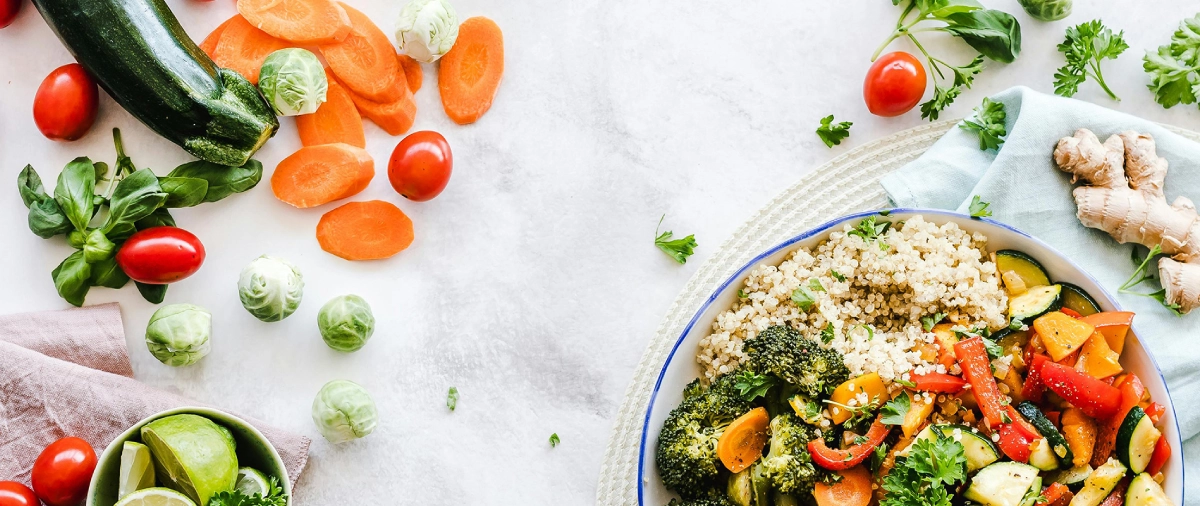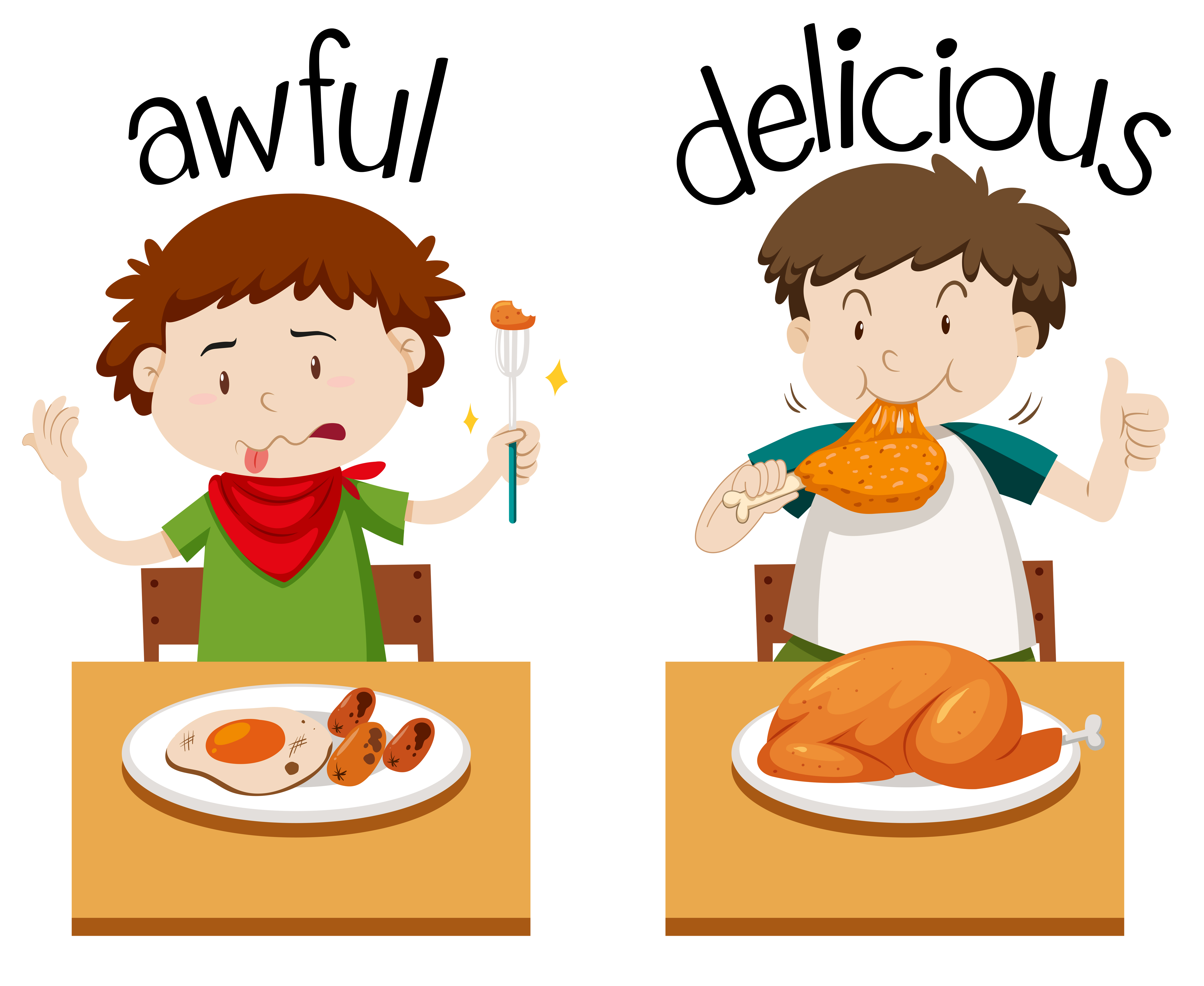The Ultimate Guide to Healthy Eating on a Budget: Delicious, Nutritious, and Affordable
Tired of feeling like a healthy diet is only for those with deep pockets? Does the thought of organic kale and sustainably-sourced salmon make your wallet weep? The good news is that cheap healthy meals are absolutely attainable – you just need the right strategies. Let's dive in!
Mastering the Art of Healthy Meal Planning on a Budget
Healthy meal planning on a budget is the cornerstone of eating healthy cheap. It’s about being proactive, not reactive, when it comes to your food choices. This involves not just picking recipes, but also strategizing how to maximize your resources and minimize waste. A well-crafted meal plan will not only save you money but also free up your time and reduce stress.
Step 1: The Inventory Assessment
Before even thinking about new recipes, take stock of what you already have. Go through your pantry, refrigerator, and freezer. Note expiration dates and prioritize using items that are nearing the end of their shelf life. This simple step can prevent food waste and save you money on unnecessary purchases. Make a list of these ingredients and keep it handy as you start planning your meals.
Step 2: Recipe Selection & Ingredient Matching
Now comes the fun part! Find affordable healthy recipes that incorporate the ingredients you already have. Websites and blogs dedicated to healthy cooking on a budget are a goldmine. Consider recipes that use versatile ingredients that can be used in multiple meals throughout the week. Think about dishes like lentil soup (vegetarian) or simple stir-fries that are easy to make in big portions. Focus on recipes with similar ingredient lists to minimize the number of items you need to buy.
Step 3: Strategic Grocery List Creation
Based on your chosen recipes, create a detailed grocery list. Be specific about the quantity of each item you need to avoid overbuying. Organize your list by grocery store sections (produce, dairy, meat, etc.) to streamline your shopping experience and reduce impulse purchases. Check for coupons and discounts online or in your local newspaper before heading to the store. Many grocery stores also have apps with digital coupons that you can load onto your loyalty card.
Smart Budget Friendly Groceries Shopping Tactics
The grocery store is where your healthy meal planning on a budget either succeeds or falters. It’s easy to get swayed by tempting displays and special offers, but a strategic approach will help you stick to your plan and your budget. Remember, the goal is to get the most nutritious cheap meals possible for your money. According to a 2024 study by the USDA, families who consistently meal plan save an average of 15% on their grocery bills compared to those who don't plan.
- Shop in Season: Fruits and vegetables are typically cheaper and taste better when they are in season.
- Buy in Bulk (Strategically): Staples like rice, beans, and oats are significantly cheaper when purchased in bulk. However, only buy what you can realistically use before it expires.
- Embrace Frozen Fruits and Vegetables: Frozen produce is often just as nutritious as fresh and can be a more cost-effective option, especially for out-of-season items. They also have a longer shelf life.
- Compare Unit Prices: Don't just look at the overall price; compare the price per ounce or pound to see which option is truly the most economical.
- Resist Impulse Buys: Stick to your grocery list and avoid wandering down aisles filled with processed snacks and sugary drinks.
Maximizing Protein Sources on a Tight Budget
Protein is essential for overall health, but it can often be one of the most expensive parts of a cheap healthy meals plan. Don’t worry, there are several ways to get your protein fix without breaking the bank. Here's how to get low cost healthy food packed with protein.
- Legumes are Your Best Friend: Beans, lentils, and peas are incredibly affordable and packed with protein and fiber. They are versatile and can be used in soups, stews, salads, and as a side dish.
- Eggs: Eggs are a complete protein source and are relatively inexpensive. They can be scrambled, fried, poached, or used in omelets and frittatas.
- Canned Tuna or Salmon: Canned fish is a convenient and affordable source of protein and omega-3 fatty acids. Choose tuna packed in water instead of oil to save on calories and fat.
- Consider Tofu or Tempeh: These soy-based protein sources are plant-based and generally less expensive than meat.
- Chicken Thighs Over Chicken Breasts: Chicken thighs are typically cheaper than chicken breasts and are often more flavorful.
Sample Affordable Healthy Recipes to Kickstart Your Journey
Putting all this theory into practice can seem daunting, so here are a few sample affordable healthy recipes to get you started on your path to healthy cooking on a budget. These recipes focus on using inexpensive ingredients and are easy to adapt to your own preferences.
| Recipe Name | Main Ingredients | Estimated Cost per Serving | Notes |
|---|---|---|---|
| Lentil Soup | Lentils, carrots, celery, onion, vegetable broth | $0.75 | Vegetarian, high in fiber and protein |
| Black Bean Burgers | Black beans, breadcrumbs, spices, onion | $1.00 | Vegetarian, can be served on buns or as a salad topping |
| Chicken and Vegetable Stir-Fry | Chicken thighs, broccoli, carrots, peppers, rice | $1.50 | Use seasonal vegetables for best price |
| Oatmeal with Fruit and Nuts | Oats, milk (dairy or non-dairy), fruit (fresh or frozen), nuts | $0.50 | Great for breakfast or a quick snack |
| Pasta with Tomato Sauce and Chickpeas | Pasta, canned tomatoes, chickpeas, garlic, olive oil | $0.80 | Simple, filling, and easily customizable |
Troubleshooting: Common Challenges and Solutions
Even with the best planning, you might encounter some roadblocks on your journey to saving money on groceries while eating healthy cheap. Here are a few common challenges and how to overcome them:
- Challenge: Lack of time for meal prepping. Solution: Dedicate a few hours on the weekend to prep ingredients like chopping vegetables, cooking grains, and portioning out meals.
- Challenge: Temptation to eat out when tired or stressed. Solution: Keep healthy snacks on hand and have quick and easy recipes in your arsenal for those nights when you don't feel like cooking.
- Challenge: Difficulty finding affordable healthy options in your area. Solution: Explore farmers' markets, ethnic grocery stores, and discount grocery chains.
Pro Tips for Saving Money on Groceries & Eating Healthy Cheap
Don't be afraid to experiment with new recipes and ingredients. The more you cook at home, the more money you'll save. Also, reducing meat consumption can drastically lower your grocery bill, and it's healthier for the environment.
Hydration is Key
Water is your best friend! Instead of buying expensive sugary drinks, invest in a good water filter and drink plenty of water throughout the day. Not only will you save money, but you'll also be improving your overall health.
Love your Leftovers
Turn leftovers into new meals! Leftover roasted chicken can be used in sandwiches, salads, or soups. Leftover vegetables can be added to omelets or frittatas. Get creative and avoid food waste!
Plan your Snacks
Don't forget to plan your snacks as well. Healthy snacks can help you avoid impulse purchases of unhealthy and expensive snacks. Consider options like fruits, vegetables with hummus, nuts, or yogurt.
FAQ: Addressing Your Burning Questions
Here are some frequently asked questions about healthy eating on a budget:
- Q: Is organic food necessary for healthy eating? A: No, organic food is not necessary. While it may have some benefits, it is often more expensive. Focus on buying conventional fruits and vegetables that are in season and thoroughly washing them.
- Q: How can I eat healthy when I have dietary restrictions (e.g., gluten-free, dairy-free)? A: Plan your meals carefully, research affordable alternative ingredients, and shop around for the best prices. Many grocery stores offer store-brand versions of gluten-free or dairy-free products that are more affordable.
- Q: What are the best pantry staples to have on hand for healthy eating on a budget? A: Rice, beans, oats, lentils, canned tomatoes, vegetable broth, spices, and olive oil are all great staples.
Eating healthy on a budget is not about deprivation; it’s about making smart choices and being resourceful. By implementing these strategies, you can nourish your body without emptying your wallet. Now, share your favorite budget-friendly recipe or ask any questions you have in the comments below. Let's build a community of healthy, budget-conscious eaters!

